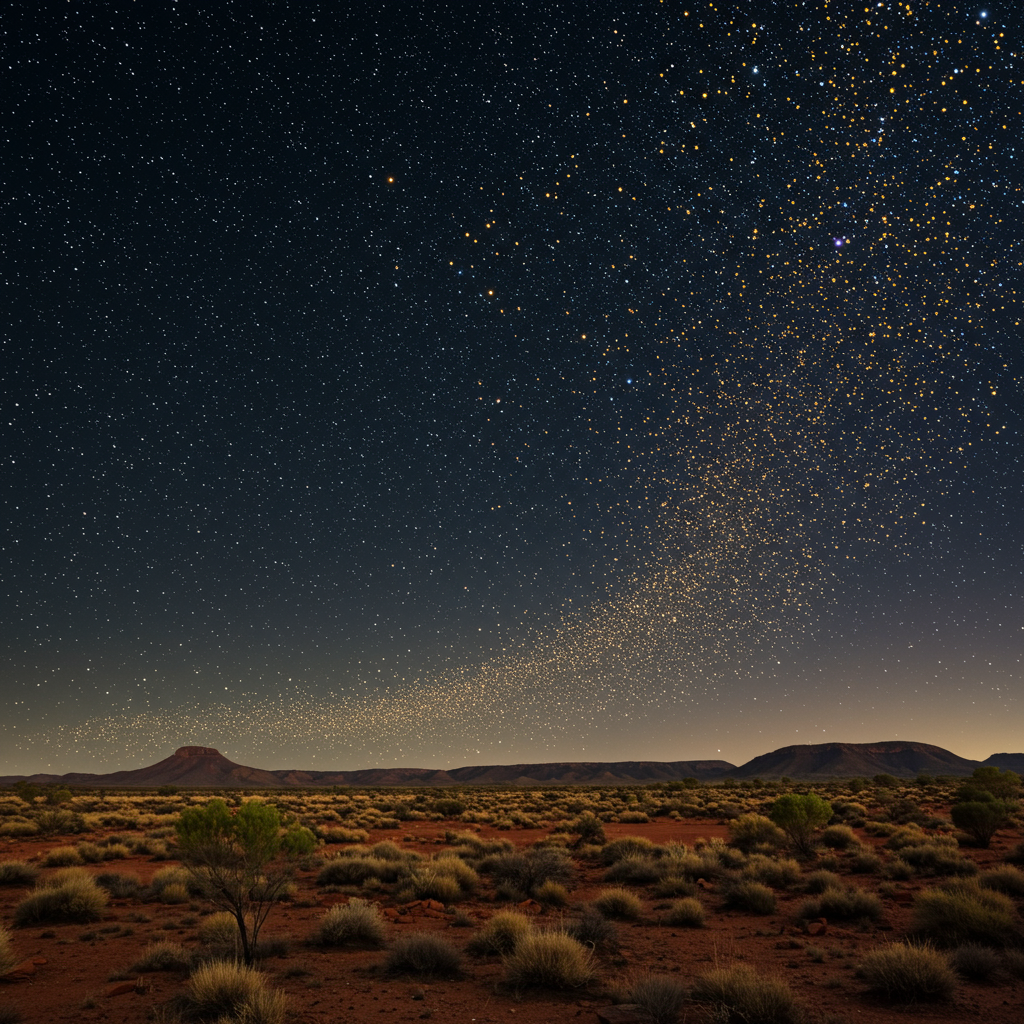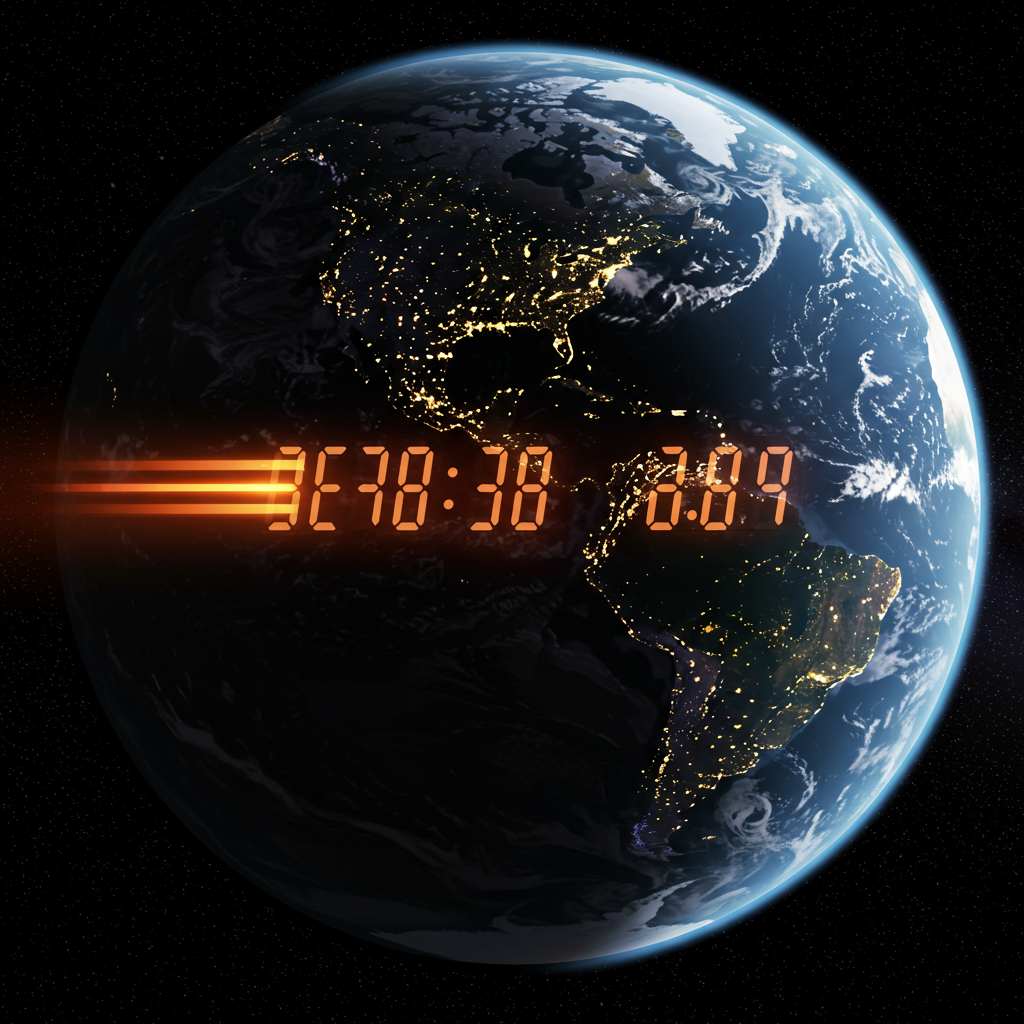Unlocking the Mystery: How Tiny Moths Navigate Vast Distances Using Starlight
Every year, millions of Bogong moths embark on an incredible journey across hundreds of miles of Australian landscape. For years, scientists wondered how these small creatures, many making the trip for the first time, found their way to specific destinations with such precision. Now, groundbreaking research has revealed a stunning answer: the Bogong moth uses the night sky as a sophisticated compass, relying on the stars to guide its epic migration.
This discovery marks the first known instance of an invertebrate, a creature without a backbone, using stellar navigation for such long-distance travel. While birds are famous for their celestial compass skills, and even dung beetles use the Milky Way for short-range orientation, the Bogong moth’s ability to navigate 600+ miles by starlight is truly remarkable.
An Epic Seasonal Odyssey
Driven by rising temperatures, nocturnal Bogong moths fly roughly 620 miles (1,000 kilometers) from their breeding grounds to seek refuge and cooler conditions in caves scattered throughout the Australian Alps. Here, they aestivate – a state similar to hibernation – for several months, conserving energy. When the weather cools again, they undertake the return journey to breed before their life cycle ends. The ability of successive generations, which have never seen the destination caves, to find them year after year has long puzzled researchers.
Previous theories suggested a combination of navigation cues might be at play, including using Earth’s magnetic field and possibly recognizable visual landmarks on the ground. However, the exact mechanisms, especially for precise, long-distance steering, remained elusive.
The Breakthrough Study: Putting Moths to the Test
To investigate the potential role of stars, scientists conducted a series of ingenious experiments. They placed Bogong moths inside a specialized flight simulator that could replicate the night sky above them while simultaneously neutralizing Earth’s magnetic field. This allowed researchers to isolate the effect of celestial cues on the moths’ orientation.
Here’s what they found:
Navigating by Nature’s Map: When the simulated night sky accurately displayed the predictable patterns of stars, the moths consistently attempted to fly in the correct migratory direction.
Lost in Randomness: However, when the simulated stars were rearranged into random positions, the moths became disoriented, fluttering in random directions without a clear heading.
Brain Activity Provides Clues: Further examination of the moths’ brains revealed that certain brain cells became excited in response to specific arrangements or orientations of the simulated night sky, providing physiological evidence that they were processing celestial information.
These findings provided “a very clean, impressive demonstration that the moths really are using a view of the night sky to guide their movements,” commented Kenneth Lohmann, an expert in animal navigation not involved in the study.
A Tiny Brain Capable of Impressive Navigation
The specific features of the night sky that the moths use to find their way are still being explored. It could be prominent features like the Milky Way’s luminous stripe, a distinct nebula, or perhaps a pattern of brighter stars. Regardless of the exact celestial cue, the study suggests that moths likely integrate this stellar information with other navigational tools, potentially including Earth’s magnetic field, to successfully complete their arduous annual migration.
What makes this feat particularly astonishing is the size of the Bogong moth’s brain – it’s smaller than a grain of rice. As study author David Dreyer noted, “It’s remarkable that an animal with such a tiny brain can actually do this.” This research highlights the incredible complexity and capability packed into even the smallest of creatures, revealing another wonder of the natural world’s intricate navigational systems.
The findings were published in the prestigious journal Nature*, cementing the Bogong moth’s place as a champion of insect navigation.




